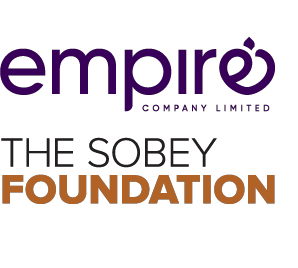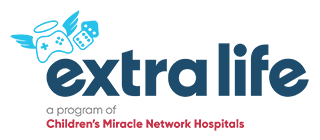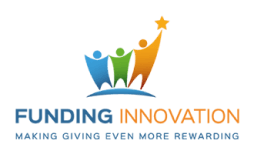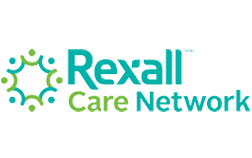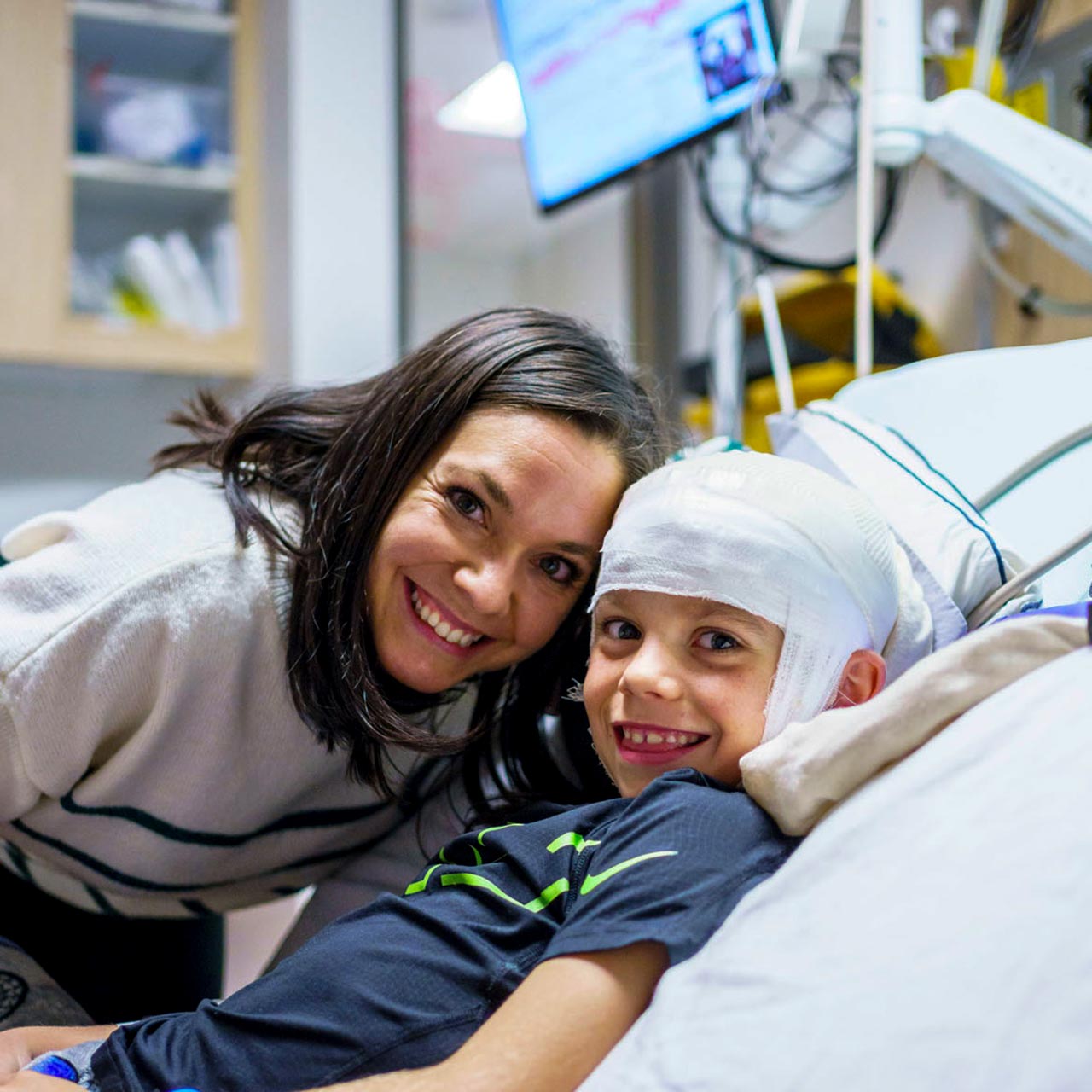Promoting mental health.
Advancing health equity.
Harnessing artificial intelligence.
Collaborating with communities.
Supporting unprecedented diversity.
Annual Impact Report 2023
Kids Today

It’s all part of how Canada’s children’s hospitals, empowered by donor support, are improving health outcomes for kids today.
Canada’s children’s hospitals were less in the news in 2023 than the year before. There are fewer headlines about crowded emergency rooms, staffing shortages, and surgery backlogs – all conspicuous trends as the worst of the pandemic subsided.
But while the challenges they face are no longer front-page news, children’s hospitals are still working with passion and urgency – sometimes under significant stress – to deliver everything from complex surgeries to cancer treatment to mental health care.
Children’s Healthcare Canada notes that prior to the pandemic, only about one-third of non-emergency surgeries in children’s hospitals happened in the recommended clinical window. Pandemic disruptions made wait lists even longer. The need for systemic change is clear, and even as children’s hospitals perform their essential clinical role, they also provide vital insight to health system leaders seeking big-picture solutions.
This year’s report theme – Kids Today – spotlights the wide range of work hospitals do to keep pace with the factors shaping children’s health, from the scientific to the social. This year saw new research on screen time, novel applications of technology in medical training, and ongoing work to ensure that newcomer kids and families have equitable access to excellent care.
Donor support, especially undesignated support, empowers hospitals to excel in these many roles. Many people know that donor funds help hospitals deliver the best possible care to children and youth while supporting families and advancing vital research. Importantly, your support also helps care providers continue to advance their understanding of the world young people face – at home, at school, in communities, online – and how these contexts shape their health.
On behalf of all 13 children’s hospitals and the foundations that support them, thank you for helping to ensure that Canada’s children’s health leaders always have the knowledge and tools they need to support kids today.
With gratitude,
Adam Starkman
President and Chief Executive Officer
Canada’s Children’s Hospital Foundations
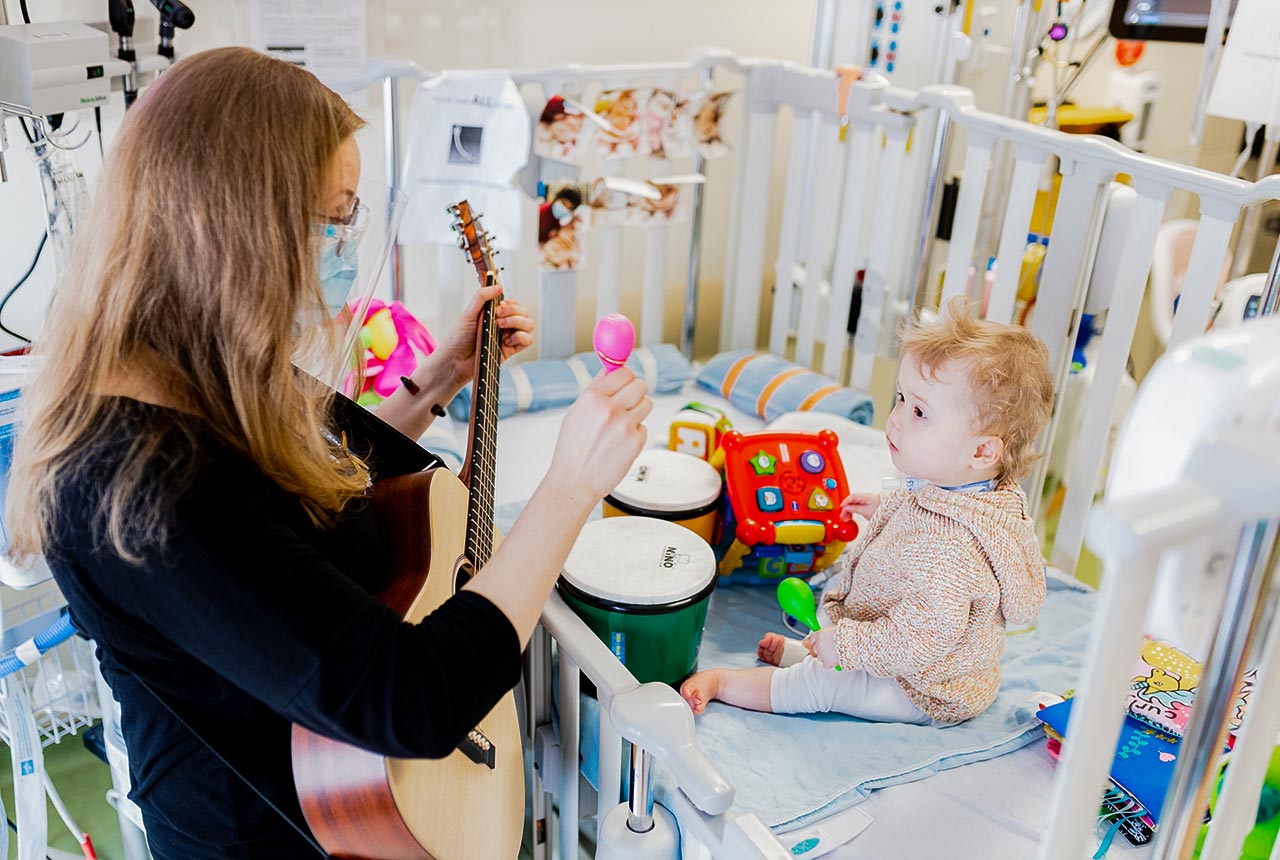
A music therapy session at McMaster Children’s Hospital.
Kids today benefit from care that includes mind and body.
Canada’s Children’s hospitals are taking a holistic approach to health — from offering art, music, and nature therapy to researching the habits and behaviours that promote mental well-being and healthy development.
Nature for Healing | Children’s Hospital at London Health Sciences Centre
There’s growing evidence that connecting with nature can ease patients’ fear, pain, and stress while promoting mental health. The Nature for Healing program encourages care providers to promote time in nature as a complement to other forms of care, even inviting physicians to “prescribe” exposure to nature. Meanwhile, donor support is helping the hospital add natural elements indoors and out — ensuring that every patient on the campus has safe, comfortable ways to access nature and its healing effects.
Meanwhile, across Canada:
- Researchers at CHEO studied the prevalence of screen time and inactivity among children and youth across Canada, paying particular attention to the risk factors associated with excessive screen time and insufficient outdoor time.
- Children’s hospitals are increasingly incorporating mental health elements into all the care they deliver — from providing counselling to teenagers living with chronic illness to conducting self-harm screening tests on patients who present in emergency rooms with physical injuries.
- The BC Children’s Hospital’s Child and Youth Therapeutic Services Team, which provides art and music therapy and other enriching experiences, connected with kids and families more than 45,000 times. Children’s hospitals in our network use art and play to help young patients heal, express themselves, and just be kids.
Undesignated funds are empowering children’s hospitals to engage and support the whole child – and their family – while continuing to deliver excellent treatment and care for the medical concerns that brought them to the hospital.

Nabila’s parents, devout Muslims, appreciated the prayer room at HSC Children’s Hospital in Manitoba: a comfortable place to pray, close to their daughter’s bedside.
Kids today are more diverse than ever in their identities and experiences.
Canada is one of the most diverse societies in the world. And Canada’s children’s hospitals work hard to deliver sensitive, culturally competent treatment and care to all patients and families. Care teams navigate and support many dimensions of difference, including language, culture, religion, ability, gender identity, and neurodiversity.
Multicultural Clinic | Montreal Children’s Hospital
This clinic provides tailored support to children who have arrived in Canada in the previous 12 to 18 months: immigrants, refugees, and kids adopted from another country. Donor support helps fund a Patient Navigator, a position designed to help families connect with resources and referrals. For example, some children and youth who arrive from war zones or refugee camps receive referrals to a social worker or mental health professional who can help them process their past experience and navigate the challenges of adjusting to a new country.
Meanwhile, across Canada:
- Instead of delivering set meals on a rigid schedule, CHU Sainte-Justine now provides “room service” that lets patients choose what and when they eat – flexibility that’s friendlier to patients’ diverse dietary needs and tastes. Patient satisfaction soared from 50% to 99% after the change, food waste plummeted, and the hospital’s cost per meal declined.
- Children’s hospitals offer translation services in dozens of languages to ensure that patients and families undergoing treatment can communicate effectively with care teams.
Donor funds help hospitals respond to Canada’s growing diversity, meeting patients’ and families’ need for dignity and understanding as well as excellent clinical care.
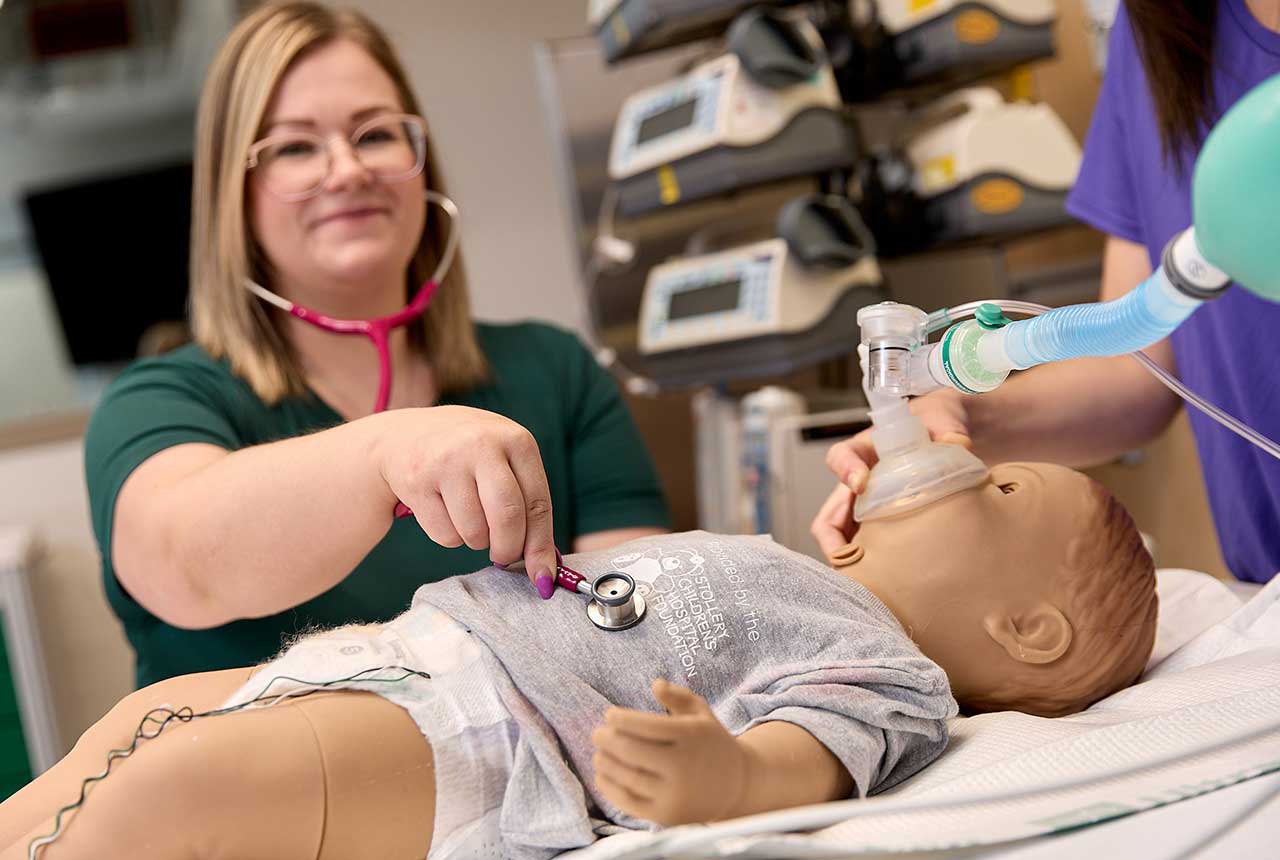
The Simulation Program at Stollery Children’s Hospital lets families learn and practice care procedures they’ll need to perform at home.
Kids today deserve access to the latest advances in treatment and technology.
Advanced technology is transforming the healthcare landscape – from artificial intelligence (AI) unlocking new research possibilities to robotics reshaping surgery. Children’s hospitals are working with passion and ingenuity to bring the real-world benefits of these new capabilities to patients and families.
Simulation Program | Stollery Children’s Hospital
Many children return home from hospital with medical interventions that need ongoing management, such as “g tubes,” which send nourishment directly into a child’s belly. A specialized facility at the Stollery uses advanced simulation equipment to help parents and caregivers learn the techniques they’ll need, building skill on high-tech mannequins without fear of hurting their child. Hospital staff also use the simulation lab to practice specific techniques in a safe environment – on a “patient” who (as one sim lab consultant puts it) lets instructors “hit the power button and reset.”
Meanwhile, across Canada:
- Donor support is helping to power the Canadian Pediatric Imaging Platform (C-PIP), a shared resource that uses magnetic resonance imaging (MRI) to understand how young brains typically develop – and how disruptions such as concussions and illness may affect them.
- Scientists associated with children’s hospitals continue to build knowledge for better treatment of childhood diseases. From the Biology of Breathing Study focused on childhood asthma (Health Sciences Centre Winnipeg), to research into the effects of combination chemotherapy on childhood cancers (Janeway Children’s Health and Rehabilitation Centre), donor support is driving advances in research and care.
Donor support helps hospitals gain access to leading-edge tools, explore the vast potential of innovations like AI and robotics, and advance the quest for new treatments and cures.
Stollery Children’s Hospital Foundation
2023 Fundraising Total
Our partners and donors contributed more than $56.5 million to children’s hospital foundations across Canada this year.
$56.5
MILLION

The financial figures presented in this report represent combined fiscal 2023 fundraising received and disbursed by the organization of $42.1M as well as $14M by our Member Foundations.
Local hospitals were empowered to apply the funds they received to top local priorities. How funds were allocated across our network is briefly summarized below.
Impact Snapshot
Researchers associated with our network published 12,116 Research Papers and 4,434 Active Clinical Trials. Papers and trials can sound remote from the bedside, but 84% of kids today with cancer survive, up from less than 30% before 1960 – an extraordinary transformation powered by research.
Impact Snapshot
Alberta Children’s Hospital’s (ACH’s) Pediatric Critical Care Transport Team was dispatched 300 times. This dedicated team of specialists operates as a mobile intensive care unit, providing life-saving care en route to the Alberta Children’s Hospital via ambulance, fixed-wing airplane, and helicopter. It’s one example of hospitals’ work to deliver the care kids need wherever they are. Hospitals also facilitated 483,436 Virtual Visits this year and performed a growing number of tech-enabled remote surgeries and diagnostic procedures.
Impact Snapshot
Every children’s hospital in Canada is part of Solutions for Kids in Pain (SKIP), a national network that released (with the Health Standards Organization) Canada’s first Pediatric Pain Management Standard in 2023. Research shows that techniques like good communication and distractions (like music and games) can ease pain while reducing the need for sedation and drugs. Donor support helps children’s hospitals make kids more comfortable.
Our hospital foundations
We support 13 Canadian children’s hospital foundations.
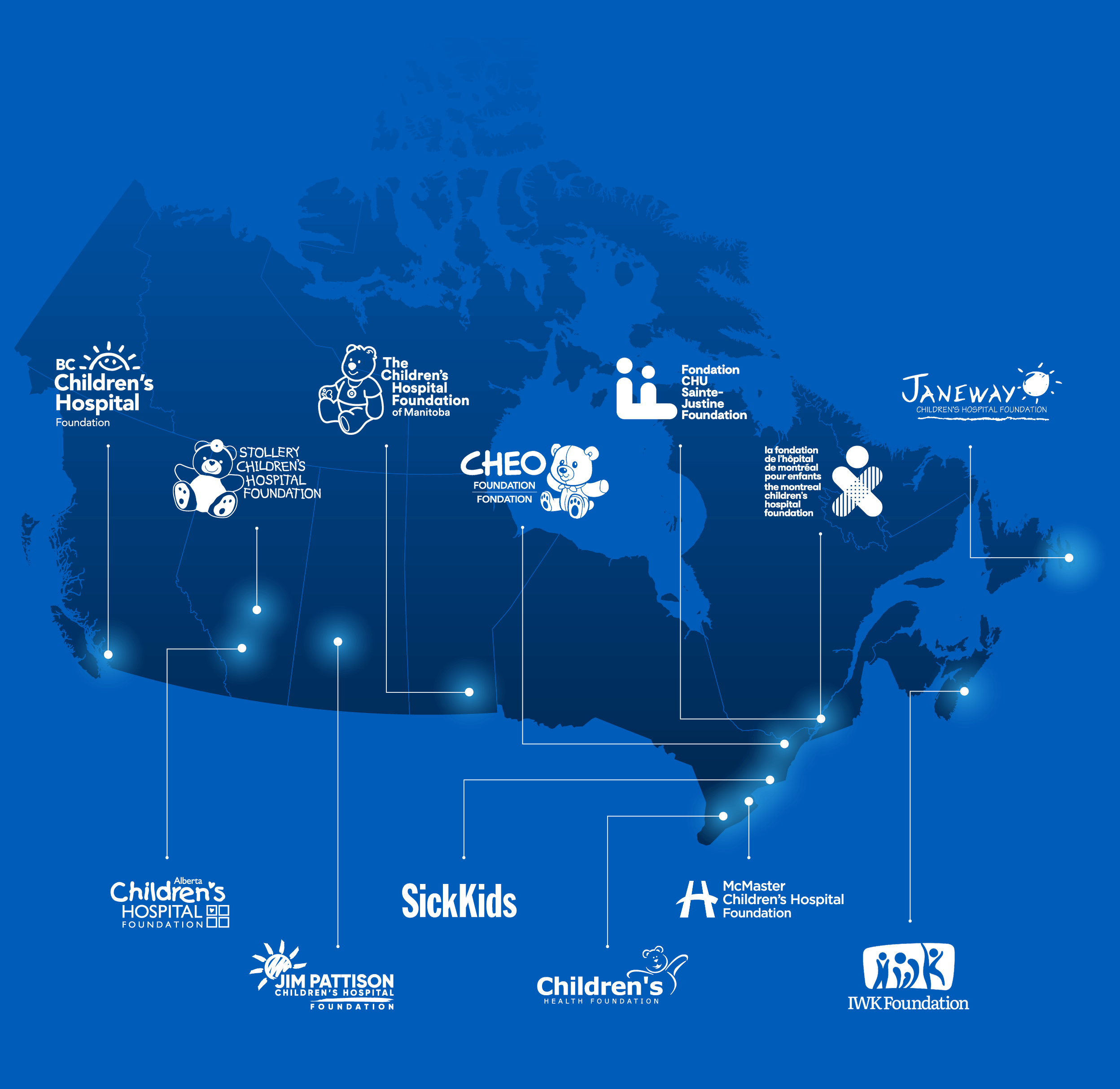
Thank you
Your support helps children’s hospitals provide essential treatment and care to children and youth with significant medical needs, while working with communities and health systems to support the health of all kids today.




